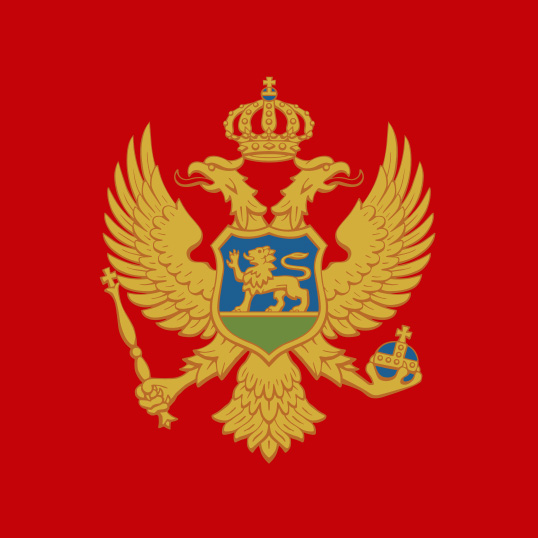
Click here to download the guide: “E-payment”
5 entities participate in the processing of the online transaction:
- E-merchant (seller),
- Buyer (the end user who performs the transaction),
- Accepting bank, i.e. “acquirer” (a bank with which the e-merchant cooperates),
- Card organization (Mastercard, Visa, Diners, etc.) and
- Issuing bank, i.e. “issuer” (the bank – issuer of the end buyer’s card).
In order for the accepting bank to process the online transaction, a payment gateway and a payment processor are required.
The payment gateway is the portal through which the accepting bank (e-merchant’s bank) receives the customer’s card data for further processing.
The payment processor is a technical tool that is an intermediary between the banks and the international card organization (Visa, Mastercard, etc.) in order to carry out the online transaction. The payment processor can be owned by the bank (in-house) or the bank can use an external payment processor. The processor sends clearing data to card organizations to settle funds from card transactions
Important notice
The e-merchant does not have any insight into the data from the buyer’s payment card, and the same is transmitted through the payment gateway directly to the accepting bank – the e-merchant’s bank, which then through the payment processor (own or external) transmits the information to the card organization that communicates with the customer’s card issuing bank.
In the Republic of North Macedonia, there is one local payment processor – CaSys, which manages the cPay payment gateway, and a total of 5 out of 14 banks offer the e-commerce service, that is, they call themselves “acquiring” banks – these are: Halk Banka, Stopanska Banka AD Skopje, NLB Banka, Komercijalna Banka, and Uni banka. You can read more about the possibilities, functionalities, and conditions offered by the 5 banks in the section “Offers and possibilities for e-payment in the Republic of North Macedonia“.

Click here to download the guide: “E-payment”
Clearing is the exchange of transaction information between the e-merchant’s bank and the card-issuing bank, through the card organizations Visa or MasterCard.
Settlement is the process of exchanging funds between the card issuer and the e-merchant’s bank to complete the transaction.
Card transaction clearing and settlement is facilitated through the Transaction Data Exchange, which is the electronic infrastructure that Visa and MasterCard have put in place to process financial transactions between their member banks. Clearing and settlement of the transaction occurs subsequently.
The settlement process may vary slightly from one processing bank to another, but generally goes through the following stages:
- After the end of the business day, the e-merchant’s bank submits the transaction information to the appropriate card organization (Visa or MasterCard).
- The card organization clears and settles and sends the transaction information to the card issuing bank and then settles it by crediting the e-merchant’s bank account and debiting the card issuer’s account.
- The amount credited to the e-merchant’s bank is equal to the amount of the transaction, minus fees and minus the commission (the fee that Visa and MasterCard charge for processing each card transaction).
- The amount debited from the card issuer’s account is equal to the transaction amount, minus chargeback fees determined by Visa and MasterCard.
- The e-merchant’s bank receives its funds, usually within 24 hours of the transaction, and credits the e-merchant’s account, usually within 48 hours of the transaction. The e-merchant receives an amount equal to the amount credited to the account of the bank processing the transaction, minus payment processing charges (the rates and fees the merchant has agreed to pay for card processing services).
- The card issuer informs about the transaction made on the cardholder’s account.






 Internet Activities
Internet Activities 
